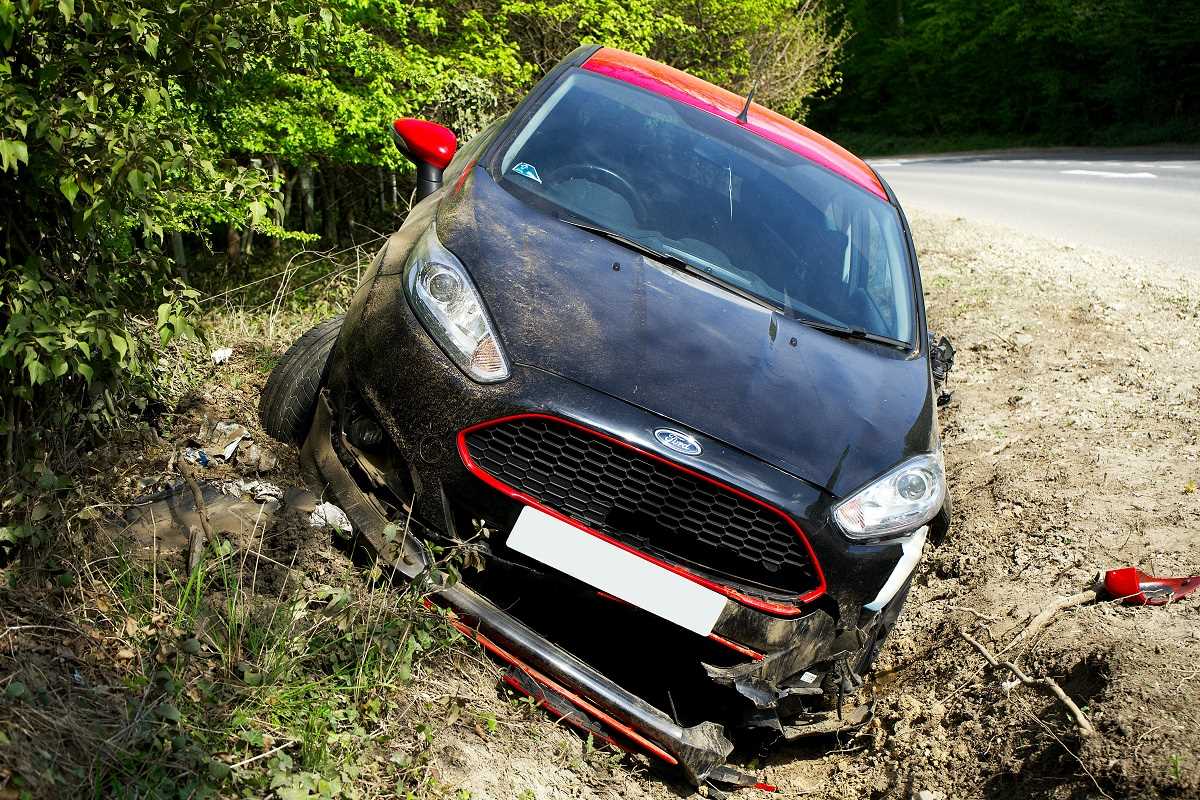Filing an auto insurance claim can feel overwhelming, especially if it’s your first time. Accidents are already stressful enough, and the last thing you want is to deal with a complicated claims process. The good news? With a little preparation and knowledge, you can handle your claim smoothly and avoid common pitfalls.
This guide will walk you through everything you need to know about filing an auto insurance claim—from what to do immediately after an accident to how to work effectively with your insurance provider. By following these practical steps, you can ensure the process goes as seamlessly as possible.
1. Stay Calm and Prioritize Safety
The moments immediately after an accident are critical. Your safety and the safety of others should always come first. Turn on your hazard lights and, if the situation allows, move your car to the side of the road or a safer location.
If anyone is injured, call emergency services right away. Even in minor accidents, it’s always a good idea to have the police involved. They’ll create an official report, which will come in handy when filing your claim.
Tip: Stay calm and avoid admitting fault—even if you think you caused the accident. Determining fault is your insurer’s job, and premature statements can complicate the process.
2. Gather and Document Key Information
Documentation is one of the most important steps in the claims process. The more detailed and accurate your records are, the easier it will be for your insurance company to process your claim.
Here’s a checklist of what to collect at the scene of the accident:
- Driver Information: Exchange names, phone numbers, addresses, and insurance details with the other driver(s).
- Vehicle Details: Note the make, model, and license plate number of all involved vehicles.
- Photos: Take clear photos of the damage to all vehicles, the accident scene, traffic signs, and road conditions.
- Witness Information: If someone witnessed the accident, ask for their contact details. Their account could provide valuable support for your claim.
- Police Report: If officers are on the scene, ask for their names and badge numbers, and request a copy of the report.
Tip: Keep a pen and notebook in your car to quickly jot down details. If you prefer digital records, use the notes or camera app on your smartphone.
3. Notify Your Insurance Provider Promptly
Once you’re safe and have gathered the necessary information, it’s time to contact your insurance company. Most providers require prompt notification of an accident, even if you’re not planning to file a claim immediately.
When you call, be prepared to share basic details about the accident, including:
- The time and location of the incident.
- A general description of what happened.
- Contact and insurance information for the other party.
Some insurers offer mobile apps that allow you to file a claim directly from your smartphone, simplifying the process further.
Tip: Have your policy number handy when contacting your insurer to speed up the process.
4. Understand What’s Covered by Your Policy
Before finalizing your claim, it’s essential to review your auto insurance policy and understand what’s covered. Coverage can vary widely depending on the type of policy you have, but here’s a quick rundown of the most common types of coverage:
- Liability Insurance: Covers damages to others’ property and medical expenses if you’re at fault.
- Collision Insurance: Pays for damages to your own vehicle after an accident.
- Comprehensive Insurance: Covers non-collision incidents like theft, vandalism, or natural disasters.
- Personal Injury Protection (PIP): Helps with medical expenses no matter who’s at fault.
Tip: If you’re unsure about your coverage, ask your agent to explain the policy details and any deductibles involved.
5. Keep Clear and Detailed Communication
Throughout the claims process, effective communication with your insurance company is key. Be transparent and provide all requested information promptly. Many claims are delayed simply because paperwork or required documentation is missing.
Tips for Communicating with Your Insurer:
- Keep Records: Document every phone call and email, including the names of the representatives you speak with.
- Ask Questions: Don’t hesitate to ask for clarification if something is unclear. Understanding the process can save time later.
- Respond Quickly: The sooner you provide requested information, the sooner your claim will be processed.
6. Get a Damage Estimate
Your insurance company might send a claims adjuster to evaluate the damage to your vehicle. Be patient during this step, as adjusters need to examine the details thoroughly to determine repair costs.
If you’re not satisfied with the adjuster’s estimate, you can seek a second opinion from an independent mechanic or body shop. Some policies even allow you to choose your repair provider.
Tip: Take photos of the damage before and after repairs as a record for future reference.
7. Watch Out for Common Pitfalls
Even with the best intentions, mistakes during the claims process can lead to delays or complications. Avoid these common missteps:
- Providing Contradictory Statements: Stick to consistent facts when speaking to representatives.
- Ignoring Deadlines: Pay close attention to any timelines specified by your insurer for submitting documentation.
- Overlooking Deductibles: Remember that your out-of-pocket deductible will apply before insurance covers the remaining costs. Be prepared for this expense.
8. Maintain a Claims Checklist
To keep things moving smoothly, you can create a simple claims checklist. Include items like contacting your insurer, submitting documentation, and coordinating repairs. Checking off tasks as you go ensures nothing gets overlooked.
Example Checklist for Filing a Claim:
- Ensure everyone is safe and contact emergency services.
- Gather all necessary information and take photos at the scene.
- Notify your insurance company.
- Review your policy and know your coverages.
- Provide all documentation to your insurer.
- Coordinate repairs and get damage estimates.
- Track the status of your claim until resolution.
9. Know When to Seek Legal Help
Most claims are resolved smoothly with no disputes. However, if the other driver is uncooperative or you believe your claim is being unfairly denied, legal assistance might be necessary.
Tip: Look for an attorney who specializes in auto insurance claims and offers free consultations. They can help you understand your rights and options.
10. Stay Prepared for the Future
Filing an insurance claim is never fun, but being prepared can make all the difference. Take these proactive steps to stay ready:
- Keep Your Policy Current: Review your insurance annually to ensure you have the right coverage for your needs.
- Create an Emergency Kit: Include essentials like a first aid kit, flashlight, and your insurance information.
- Practice Safe Driving: The best way to minimize future claims is to avoid accidents altogether.
Filing an auto insurance claim doesn’t have to be stressful. By staying calm, documenting everything thoroughly, and communicating effectively with your insurer, you can make the process hassle-free. The key is preparation—both in the moment and for the future.
Take some time to review your insurance policy and ensure you’re familiar with its coverages. Update your emergency car kit and keep a checklist handy. With these simple steps, you’ll be ready to handle any bumps in the road with confidence.
 (Image via
(Image via





